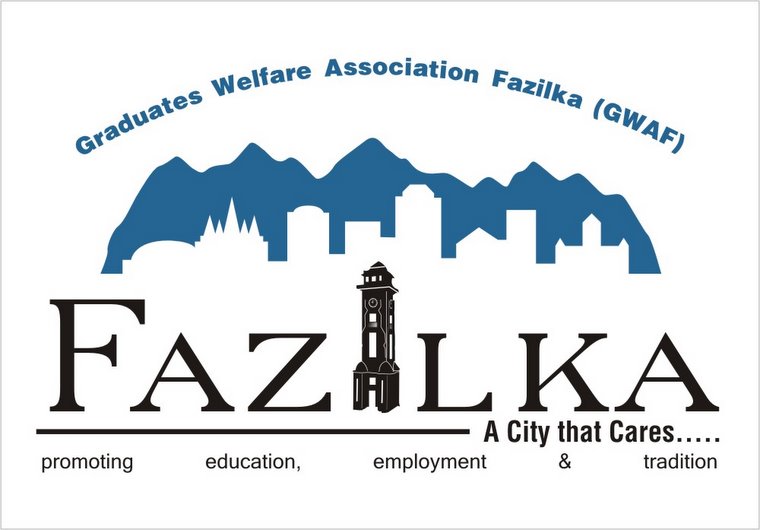The Tribune, 18th October 2013, Page 6
While the West Bengal Government has earned the ire of environmentalists for banning bicycles and rickshaws on 174 roads, in Punjab the humble cycle rickshaw continues to save 9 lakh litres of fuel and 13,680 tonnes of fresh air every day.
A common man's transport mode, more than 3 lakh cycle rickshaws help 6 million people commute to their destinations everyday without spewing any toxic emissions.
These are the findings of a study on cycle rickshaws by Navdeep Asija of the Institute of Development and Communication, Chandigarh. The cycle rickshaw is a source of income for 16 lakh persons and 3.2 lakh urban poor families of Punjab. Of the 5.5 crore commuter trips recorded in the state, 6 million are by the cycle rickshaws. It is undoubtedly the safest mode of transportation with the least number of accidents as compared to other modes.
"Each cycle rickshaw saves 3 litres of fuel every day. Since burning of each litre requires 15.2 kg of fresh air, 9 lakh litres would require 13,680 tonnes of fresh air," explained the study. Despite being a green mode of transport, the rickshaw is the only over-regulated mode of public transport in the country.
The study states: "All existing policies related to operations are either trying to control the number of people who enter this trade or abolish the sector altogether. The Seventh Schedule (Article 246), List II of the Constitution delegates' powers to make rules and regulations related to non-motor transport, especially the cycle rickshaw. "The existing Rickshaw Acts do not provide much attention towards the smooth and legal rickshaw operations, but an over-regulated licensing regime has been created, which only leads to exploitation of rickshaw operators and the trade itself."
It quotes a survey conducted by Manushi that states that in Delhi alone the "terror unleashed by the licence quota- raid-raj on rickshaw operators leads to a loss of income worth over Rs 200 crore through bribes and confiscation of rickshaws."
The study discusses how the applicable Acts restrict a rickshaw puller aged above 45 not to ply a rickshaw.
Ironically, the tax component of cycle rickshaw is about 20 per cent-22 per cent, the highest for any mode of transportation. The study has suggested reforms in licensing, relaxation in the upper age limit, allowing renting of rickshaw and VAT exemption.
Green wheels: No toxic emissions
- More than 3 lakh cycle rickshaws in Punjab help 6 million people commute to their destinations everyday
- It is a source of income for 16 lakh persons and 3.2 lakh urban poor families in the state
- It is the safest mode of transportation with the least number of accidents Over-regulated mode of transport
- The rickshaw is the only over-regulated mode of public transport in the country
- An over-regulated licensing regime has led to exploitation of rickshaw operators and the trade

